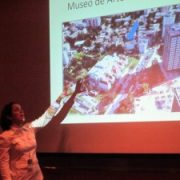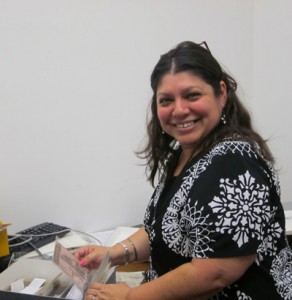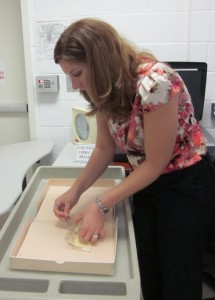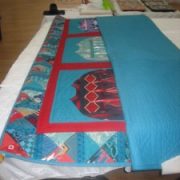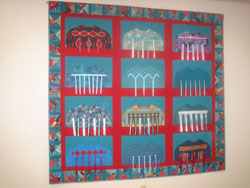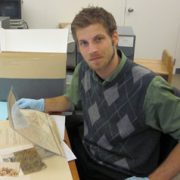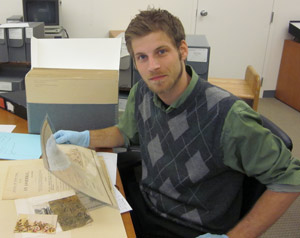Smithsonian Artist Research Fellowship Program
The Smithsonian Artist Research Fellowship (SARF) offers visual artists the opportunity to spend between one and three months working among the vast collections of the Smithsonian Institution with experts on the Smithsonian staff. The fellowship offers a dynamic research environment in which to investigate the objects, discoveries, and historical events that inspire creative work rather than a studio. The program brings artists together with Smithsonian scholars from a variety of disciplines at museums and research centers in the United States and abroad to explore cross-disciplinary connections between history, art, culture, and science. SARF fellows are chosen by a panel of Smithsonian art experts with input from representatives from the Smithsonian history, culture, and science research communities. Fellowship terms are one to three months and must begin between June 1, 2012 and March 1, 2013.
The program seeks to recognize outstanding established, mid-career and emerging artists with a demonstrated record of accomplishment. Artists should have a strong exhibition history; experience with public projects or commissions is desirable. Undergraduate students and MFA candidates are not eligible. The fellowship is open to U.S. citizens and foreign nationals. Successful applications will make a strong case for research projects that utilize Smithsonian-specific collections and resources.
Candidates are nominated by Smithsonian curators of contemporary art and research staff; outside nominators representing international curators and scholars; and former and current Smithsonian Artist Research Fellows. Artists who are nominated and asked to submit an application are strongly encouraged to communicate with Smithsonian staff whose research relates to their project interests before applying to confirm the feasibility of projects. A research staff directory is available online in the publication Smithsonian Opportunities for Research and Study, at www.si.edu/research+study . A complete list of Smithsonian museums and research centers may be found online at: www.si.edu/museums and www.si.edu/research .
Nominators should consider the following in making nominations: the quality of the artist’s work; his or her record of career accomplishments; and the feasibility and potential significance of the research proposal.
Nominations must be submitted no later than September 15, 2011
Application Deadline: November 15, 2011
Notification of Decisions: by March 15, 2012
For questions, application guidelines, or to request a nomination form, please contact Pamela Veenbaas at veenbaasp@si.edu or 202-633-7070.




